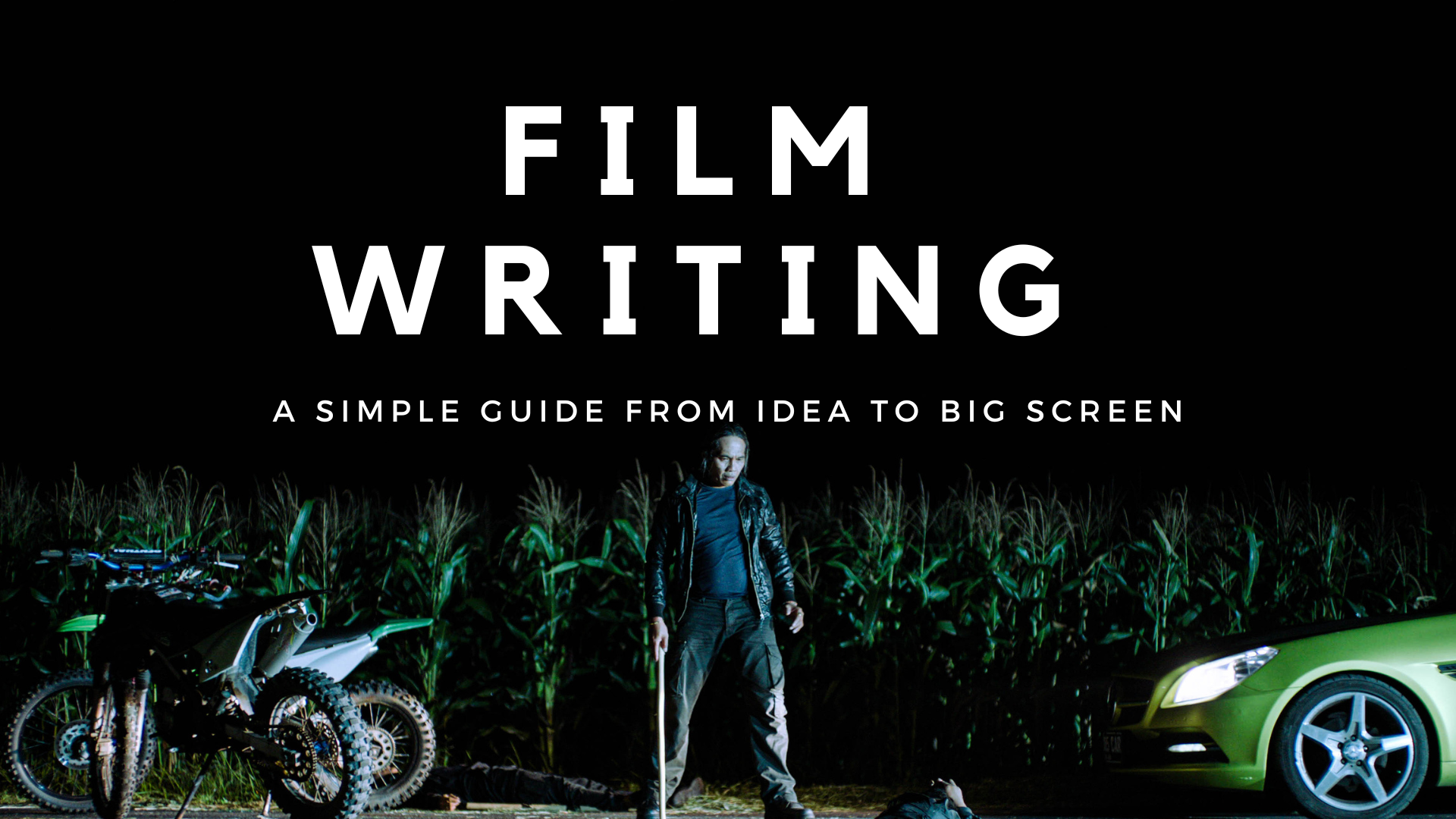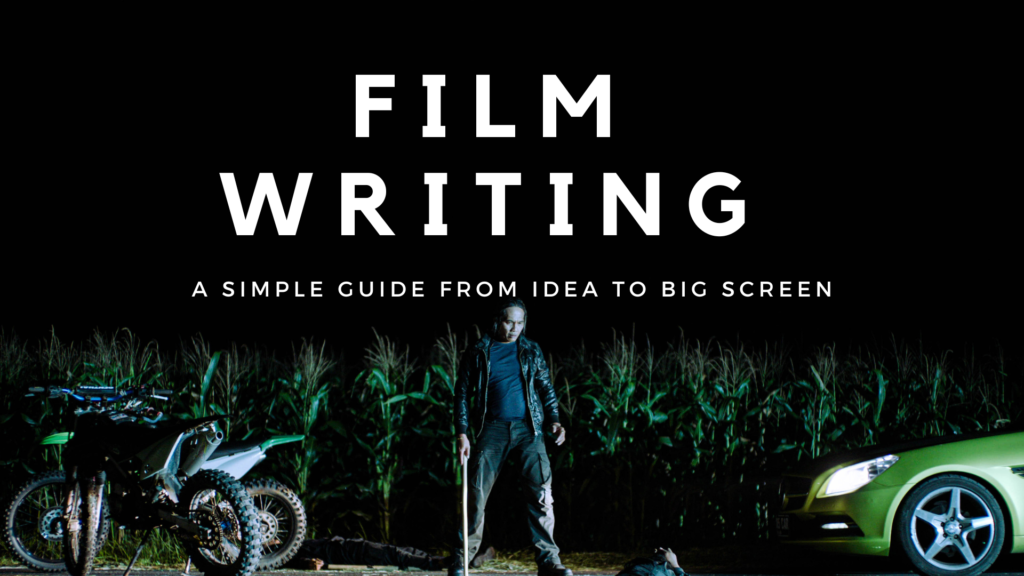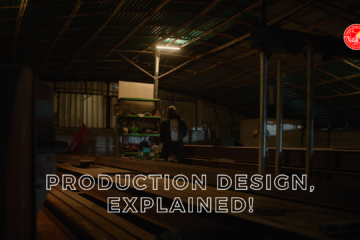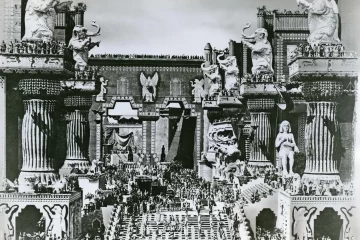Storytelling for Movie: A Simple Guide from Idea to Big Screen


In the filmmaking world, where celluloid dreams come to life, the backbone of any cinematic masterpiece is undeniably its script. Behind the captivating visuals, powerful performances, and immersive soundscapes lies the heartbeat of the film—the written word. As a film enthusiast with a keen eye for storytelling, delving into the art and science of crafting a film script can be a rewarding and enlightening experience. Let us embark on a journey through the intricate process of birthing a screenplay, from its humble beginnings to the final product that graces the silver screen.
The Genesis: Finding Inspiration
Every cinematic odyssey begins with a spark of inspiration. It could be a fleeting moment, a personal experience, or a captivating image that ignites the creative flame. As a budding screenwriter, the world around you becomes a treasure trove of ideas waiting to be unearthed. It might be the way sunlight filters through leaves, a snippet of overheard conversation, or the raw emotion captured in a photograph. Embrace the world with open eyes, and let your senses be the palette from which your narrative emerges.
In this initial stage, immerse yourself in diverse genres and styles. Read voraciously, watch films from different eras and cultures, and absorb the nuances of storytelling. This eclectic knowledge will serve as the bedrock for your creative endeavors. Remember, the most groundbreaking scripts often emerge from the fusion of seemingly unrelated influences.
Read more about filmmaking tips
The Blueprint: Crafting the Storytelling
With inspiration as your guide, it’s time to sculpt your narrative. Before a single line of dialogue is penned, the essence of your story must be crystal clear. Develop a solid understanding of your characters, their motivations, and the world they inhabit. Sketch out the emotional arcs that will resonate with your audience, and identify the thematic core that will give your script depth and resonance.
The three-act structure remains a tried-and-true foundation for many successful scripts. The setup, confrontation, and resolution provide a roadmap for your story’s progression. However, don’t be afraid to experiment with narrative structures. Nonlinear timelines, dual perspectives, and unconventional storytelling devices can breathe fresh life into your screenplay.
As you weave your narrative tapestry, remember the importance of conflict. Conflict is the engine that drives a story forward, propelling characters into transformative journeys. Whether it’s internal or external, emotional or physical, conflict creates tension, and tension captivates audiences.
The Palette: Crafting Memorable Characters
Characters are the beating heart of any script. In crafting memorable characters, delve deep into their psychology, quirks, and flaws. Characters should be multi-dimensional, evolving over the course of the story. Give them distinct voices, motivations, and arcs that resonate with the audience on a visceral level.
Dialogue, too, plays a pivotal role in character development. It should not merely convey information but serve as a window into the soul of your characters. Listen to the cadence of real-life conversations, study the rhythm of speech, and infuse your dialogue with authenticity. Each line should contribute to the overall narrative, revealing nuances of character and advancing the plot.
The Brushstrokes: Writing Style and Tone
Just as a painter employs different brushstrokes to convey mood and texture, a screenwriter must carefully consider their writing style and tone. The tone sets the emotional atmosphere of the film, dictating whether it’s a lighthearted comedy, a brooding drama, or a heart-pounding thriller.
Experiment with your writing style to find the perfect balance between description and brevity. While detailed descriptions create vivid imagery, concise language ensures a brisk pacing that keeps the audience engaged. Consider the rhythm of your sentences, the flow of your paragraphs, and the overall cadence of your script. A well-crafted screenplay is not just a blueprint for filmmakers; it’s a literary work that should be a pleasure to read.
The Sculpture: Structuring Your Screenplay
Structure is the scaffolding upon which your script stands. A well-structured screenplay maintains a sense of flow and coherence, guiding the audience through the narrative without stumbling. Familiarize yourself with the fundamentals of screenplay formatting, adhering to industry standards. Proper formatting not only streamlines the production process but also showcases your professionalism as a writer.
Divide your screenplay into acts, sequences, and scenes, ensuring each serves a specific purpose. Act breaks should propel the story forward, leaving audiences eagerly anticipating what comes next. Master the art of pacing, understanding when to escalate tension and when to provide moments of respite.
The Edit: Refining Your Magnum Opus
Once the initial draft is complete, resist the urge to share it immediately. Instead, let it marinate. Take a step back, gain perspective, and return with a critical eye. Editing is where the real magic happens, transforming a rough draft into a polished gem.
During the editing process, scrutinize every scene, every line of dialogue, and every character arc. Trim excesses, tighten the narrative, and ensure every element contributes to the overall cohesion of the script. Seek feedback from trusted peers or mentors, welcoming constructive criticism that will elevate your work.
The Final Act: Navigating the Industry
Armed with a refined script, it’s time to navigate the labyrinth of the film industry. Research potential avenues for showcasing your work, whether through screenwriting competitions, film festivals, or industry networking events. Craft a compelling query letter that encapsulates the essence of your script and piques the interest of potential collaborators.
Be prepared for rejection, as it is an inevitable part of the creative journey. However, each rejection is an opportunity to learn and refine your craft. Persistence is key; many celebrated screenwriters faced numerous setbacks before achieving success.
In conclusion, the art of writing a film script is a multifaceted journey that demands passion, perseverance, and an unwavering commitment to storytelling. From the initial spark of inspiration to the final edit, each stage requires a delicate balance of creativity and craftsmanship. Embrace the challenges, celebrate the triumphs, and remember that every word you write contributes to the rich tapestry of cinematic storytelling.




1 Comment
Production Design in Film, Explained - Viking Sunset Studios · November 22, 2023 at 12:07 pm
[…] Read more about filmmaking here […]